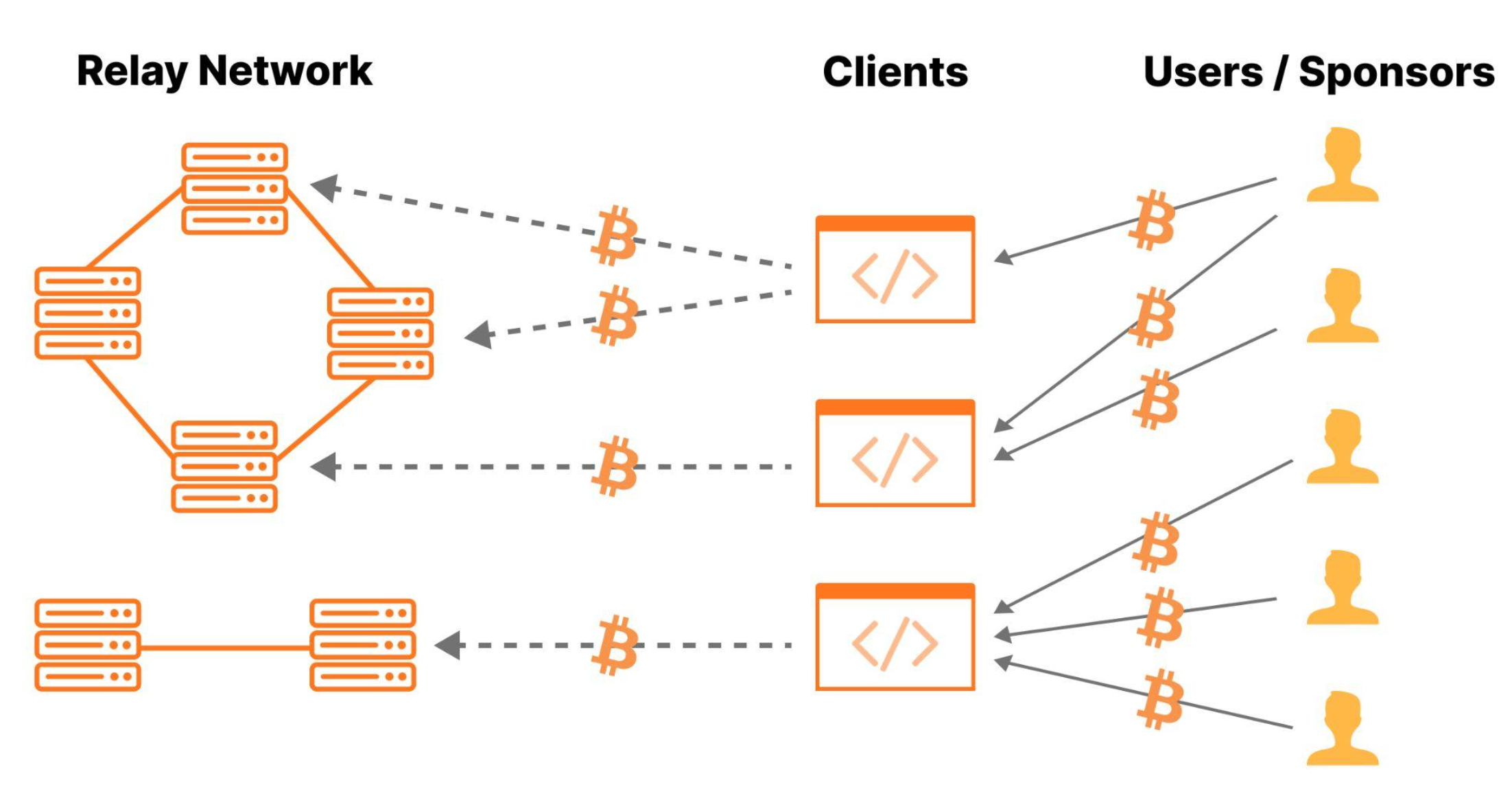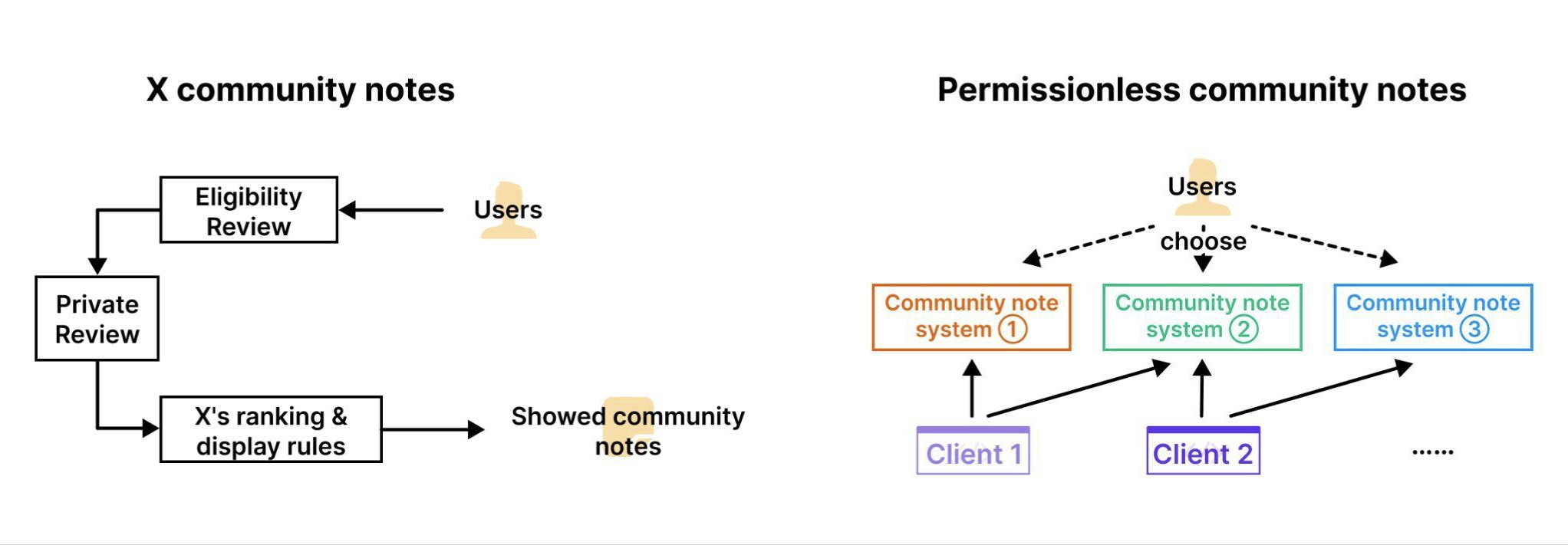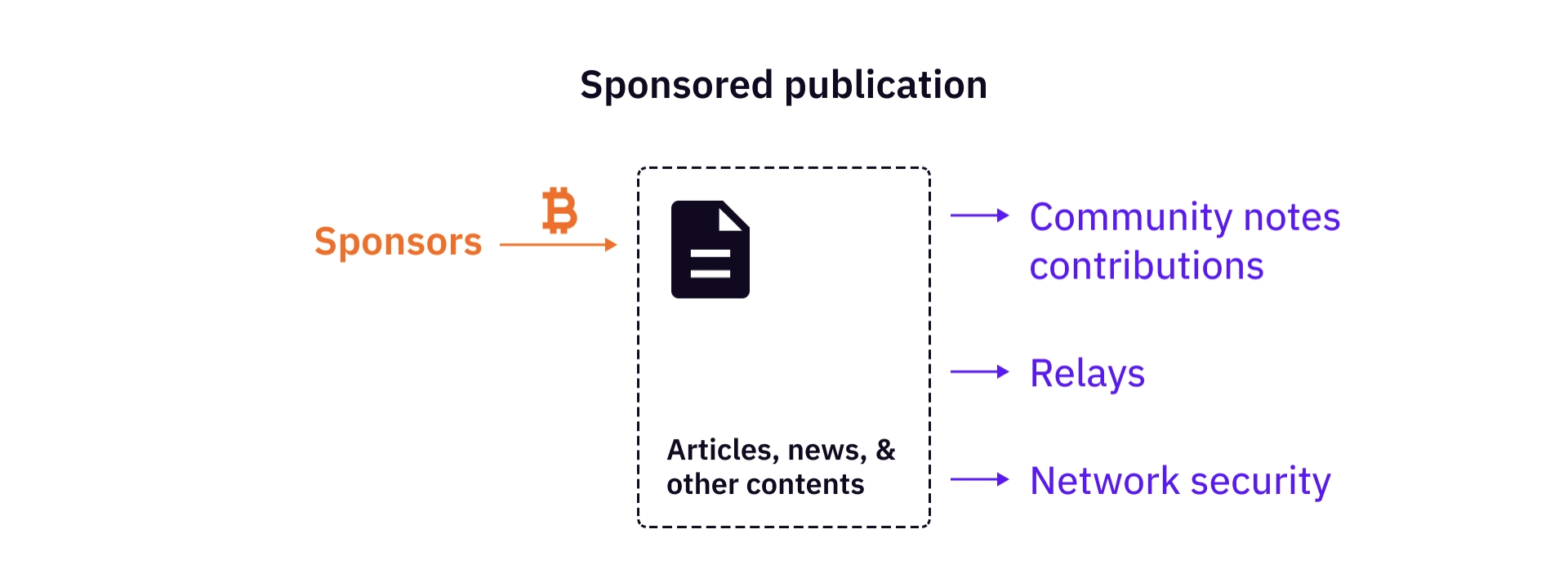The motivation of building decentralized media protocols is to balance the power of centralized media platforms, and provide an alternative for the public to take part in the curation of information, not just access information. It has to perform checks-and-balances to the centralized media powers, while providing a credible and neutral mechanism for different communities to improve a platform over time. The operation and maintenance of such a media platform should be autonomous, unstoppable, and self-improving.
While a traditional media platform has to align itself with the interests of its owners, shareholders, and donors, the new type of media platform should not be subject to the control of any entity at all times.
The ownership and stewardship of the new media platform should be open and transparent to the public. This is in contrast to state/corporate-controlled media platforms, in which case the public is often not informed of a media platform’s real ownership and stewardship, hence the public cannot be aware of its real purpose, bias, and hidden agendas.
If each individual is more informed, it will be harder to manipulate public opinions, and it will be easier to foster independent judgment within human societies. The positive externality will be enormous. The transition from centralized media platforms to decentralized media platforms speeds up this process.
This article discusses the two pillars to implement a decentralized media technology stack: decentralized publication and decentralized content moderation.
Decentralization of publication
In a previous article, we extensively discussed the importance of content decentralization. It is the last defense of censorship - content removed or hidden by popular client websites could be stored permanently and be displayed on other (perhaps non-popular) client websites. We also discussed the importance of token economics neutrality, because token economics itself could lead to censorship.
As a non-microblogging platform, Yakihonne is currently one of the most popular clients that implemented NIP-23, attracting bloggers and readers from all over the world to post articles and read contents about Bitcoin and beyond.
As of the time of writing of this article, the platform serves users in 116 countries, supporting 18 languages, and has become the most widely used and feature-rich client within the Nostr ecosystem. Yakihonne is also the first Nostr client to support mobile applications and article editing on mobile apps.

Joining the relay network is easy. If someone wants to join the relay network, he is able to do so by deploying one of the open source versions of Nostr relays, and starting to store content for the network.
The number of relays serving content within the Nostr network is currently quite small. Over the next period of time, it is important to grow the number of reliable relays.
It should be economically viable and encouraging to set up a relay, so that the number of relays can grow over time. Very likely, the number of relays will correspond to the net income of the network, which comes from revenue streams of each of the clients. Therefore, it is foreseeable that the number of reliable relays will be correlated to the traffic of the Nostr protocol in general and therefore, to the traffic of popular clients.
The zap feature can be used to incentivize relays. But we cannot set unrealistic expectations over zapping. Zapping an article is making a donation. Donation is unpredictable, and it is definitely not a sustainable way to maintain a large, reliable network of relays. One possible solution to this problem is to have profitable clients make continuous contributions to well-performing relays via enforceable protocol setups.

Decentralization of content moderation and content curation
Striking a balance between moderation and anti-moderation has been an almost impossible task for centralized media platforms. Whoever performs the moderation dominates the narratives.
The most recent community notes feature on X took a major step towards community-driven moderation. In community notes, users who are eligible to provide notes can write community notes to a post, and a community can vote for the notes so that the best recognized notes can emerge on the top. It has been proven to be effective in content moderation in many instances, and the ability to add community-backed notes reduced the need for shadow bans.

But it cannot be ignored that users still have to sign up to apply for eligibility for community notes. It is in X's own direction to decide who is eligible and who is not. The voting process of community notes itself could also be subject to censorship, because there is no way to verify the votes.
This is to say, X has the power to do evil, it doesn’t matter if it does evil or not.
The countermeasure to balance the power of a centralized media platform is a platform that is not manipulatable by its operating team or share/token holders.
So content moderation has to be permissionless, while verifiability to content moderation mechanisms like community notes.
The first step to developing a decentralized content moderation system is to implement a permissionless community notes system.

Notes have to be stored on an open, token economics neutral relay network to ensure their immutability and resistance to censorship. Community members can add notes to any media content, and the notes are distributed to non-related parties who operate the nodes.
Incentives
The content moderation mechanism needs to be incentivized through the decentralized media protocol.
In a non-sponsored model, income comes from ads or subscription fees, and is distributed to content creators, content relays, and additional network security providers.

In a sponsored model, income is from content sponsors, and further distributed to community note contributors, content relays, and additional network security providers. A sponsored post, in old media platforms, can be quite expensive. The cost to post sponsored content can be dramatically reduced on a decentralized media platform because of the great reduction of content moderation cost.

Ranking
Community notes can be ranked by either relays or clients. A content relay can rank community notes based on its own preference, and deliver to clients. Clients can also rank community notes based on its rules. Basically, everyone can rank any post’s community notes.
In general, community notes ranking algorithms can be stake-based or non-stake based. Stake-based ranking algorithms in general show how people who have a stake in something react to a post. Non-stake based ranking algorithms can be any mechanism, such as reputation-weighted ranks, 1p1v ranks, quadratic voting ranks, random selection, or even asking an AI to rank community notes.
What’s perhaps important is not which ranking algorithm is the best, it’s the flexibility for both the content storage layer and the interfaces (clients) to choose their ideal ranking algorithms. Probably for a client, the best strategy is to provide all ranks from multiple sources, so that people can view community notes from very different angles.
The Current Status of Bitcoin and Nostr Ecosystem
As Nostr is the ideal relay network for decentralized media at this moment, it is necessary to write some notes on the current status of the Bitcoin ecosystem, as Nostr is largely inspired by the Bitcoin network to be decentralized, and is greatly supported by the Bitcoin community.
The Bitcoin community is so far the most legitimate crypto community. It has a very simple mission: to create a decentralized monetary system that is not controlled by centralized powers. The progressive element of the Bitcoin community is relative to the old banking world, where Bitcoin is a completely new and alternative technology stack to the centralized money and finance systems. The conservative element of the Bitcoin community is relative to the other crypto community, where the Bitcoin community is largely skeptical of the motivation and decentralization of them.
In my opinion, the scrutiny Bitcoin community puts upon the rest of the crypto world is totally reasonable. However, as much as Nostr is inspired by the Bitcoin network, it will also go beyond the Bitcoin community, in terms of content.
This is not a bad thing!
If this happens on a big monolithic blockchain, probably the Nostr team will be required to create a token pretty soon and then pay gas fees to the blockchains so that the blockchain’s revenue can increase. The Bitcoin community will never ask that. This gives Nostr enough freedom and flexibility to evolve, while continuously getting support from the Bitcoin community.
However, if Nostr users are forever a subset of Bitcoin users, Nostr will be limited. Nostr is not a subset of Bitcoin, it is not an “ecosystem project” of Bitcoin either (a.k.a., it should not become a “layer-2” of Bitcoin, as some people reason about the future of Bitcoin totally from the analogy of Ethereum).

In the best world, Nostr and Bitcoin can expand each other’s user base, and create healthy synergy.
Conclusion
Yakihonne is, so far, not a protocol. With the products and features it offers, Yakihonne is ready to build up a decentralized media stack. The stack has two pillars : decentralized publication and decentralized content moderation. The former guarantees that content will never be lost; the latter creates a new cost-incentive model to make sure that when content and moderation go permissionless, the platform can still maintain truthfulness and cost-effectiveness. In fact, a decentralized media platform can be more cost-effective than centralized media platforms. So the next step for us is to build this up and experiment with it.